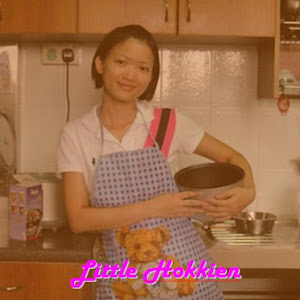To fit into the Shanghai Vintage Theme, the easiest dress codes to flatter my jie mei's figures and bring out their womanly charm will definitely be non other than the GORGEOUS CHEONG SUMS!

Even before we start to salivate over the local fashion designer works on cheong sums, I was pondering where did cheong sum came from exactly? I know it's from china but how????
Finally I found the answer in my fav encyclopaedia - Wikipedia!
When the Manchu ruled China during the Qing Dynasty, certain social strata emerged. Among them were the Banners (qí), mostly Manchu, who as a group were called Banner People (旗人 pinyin: qí rén). Manchu women typically wore a one-piece dress that came to be known as the qípáo (旗袍 or banner quilt). The qipao fitted loosely and hung straight down the body. Under the dynastic laws after 1644, all Han Chinese were forced to wear a queue and dress in Manchurian qipao instead of traditional Han Chinese clothing (剃发易服), under penalty of death.
Chris: Now we know that it became the basic daily clothing fashion by force ... Kinda send a shudder down my spine knowing how the 'popularity' comes by force from the sad history of tyranny!
The original qipao was wide and loose. It covered most of the woman's body, revealing only the head, hands, and the tips of the toes. The baggy nature of the clothing also served to conceal the figure of the wearer regardless of age.
Chris: Definitely nothing to do with sexiness and feminine at all!?! UPSET =( So now we know that cheong sum was originally use as a form of fashion suppression on the woman's freedom of expression to look pretty.
With time, though, the qipao were tailored to become more form fitting and revealing. The modern version, which is now recognized popularly in China as the "standard" qipao, was first developed in
Shanghai after 1900, after the Qing Dynasty fell. People eagerly sought a more modernized style of dress and transformed the old qipao to suit their tastes. Slender and form fitting with a high cut, it contrasted sharply with the traditional qipao.
Chris: Finally the liberation of women into a modern and open society! The evolution of the cheong sum's design now represents part of this important revolution of woman in being more significant in the sociey.
However, it was high-class courtesans and socialites in the city that would make these redesigned tight fitting qipao popular at that time.[2] In Shanghai it was first known as zansae or "long dress" (長衫 = Mandarin: chángshān, Shanghainese: zansae, Cantonese: chèuhngsàam), and it is this name that survives in English as the "cheongsam".
OK let's get back from this interesting history of cheong sum. I realise that there are lots of varieties of cheong sums these days and the designs of the cheong sums were gorgeous!
The only set back that, cheong sums are generally very expensive but luckily i m only planning 3-4 jie meis on the banquet day so i know it stil won't burn too much into my pockets. Here are some of the finds I have that I would like to note it down for my references.
1) Twenty 46
2) Hana Fashion
3) Vanity Fashions
4) Tong Tong Friendship Store
5) Lady Xiang
5) Fuchsia Lane
6) Mazzario
7) Cheong Sam Shoppe
8) My Mandarin Collar
After checking out the prices onsite and at the various boutiques, it looks like it be cheaper to get those from china towns at the price between 60 -80 bucks which is mor comfortable on my pockets =) But well at least the jie meis should know I did try very hard to get them the nicer dresses!













No comments:
Post a Comment